I've looked this up on Google, but there doesn't seem to be any documentation on the Gradle site, or even people discussing this in forums.
I have Gradle installed on my Mac (10.8.2, ML) and am building a custom build.gradle script. When I call println(), I would like to make the output colored (like errors in red, info in green, etc). How do I do this in my gradle build script?
Here's an example of code I have so far:
def proc = "echo `DATE`".execute()
proc.in.eachLine {line -> println line}
proc.err.eachLine {line -> println 'ERROR: ' + line}
On this gradle forum, they talk about various styles like normal, header, userinput, identifier, description, progressstatus, failure, info, and error, as part of the StyledTextOutput class. It looks like this is an internal class. Is there a simple way to tap into the color printing powers of Gradle/Groovy without importing a lot of packages?

